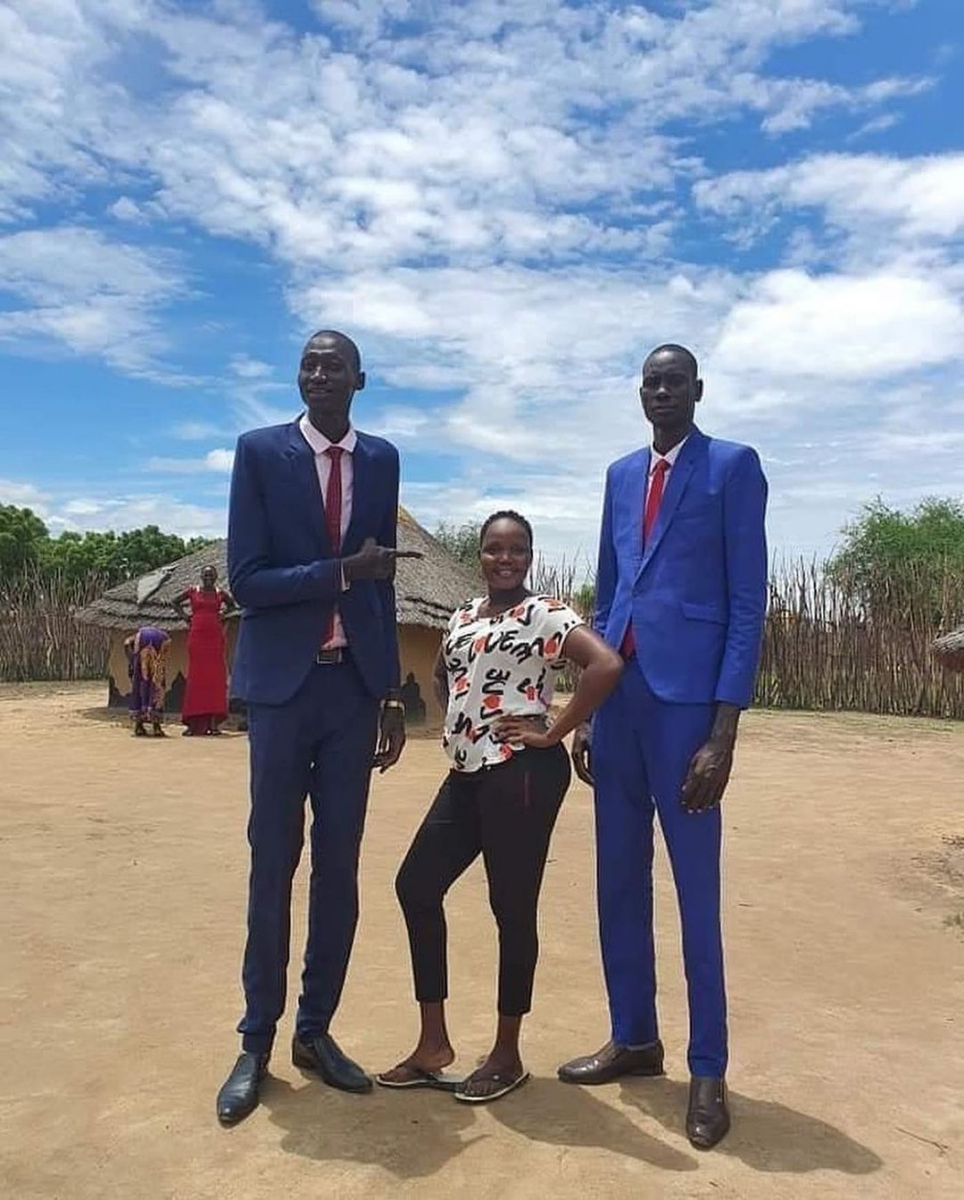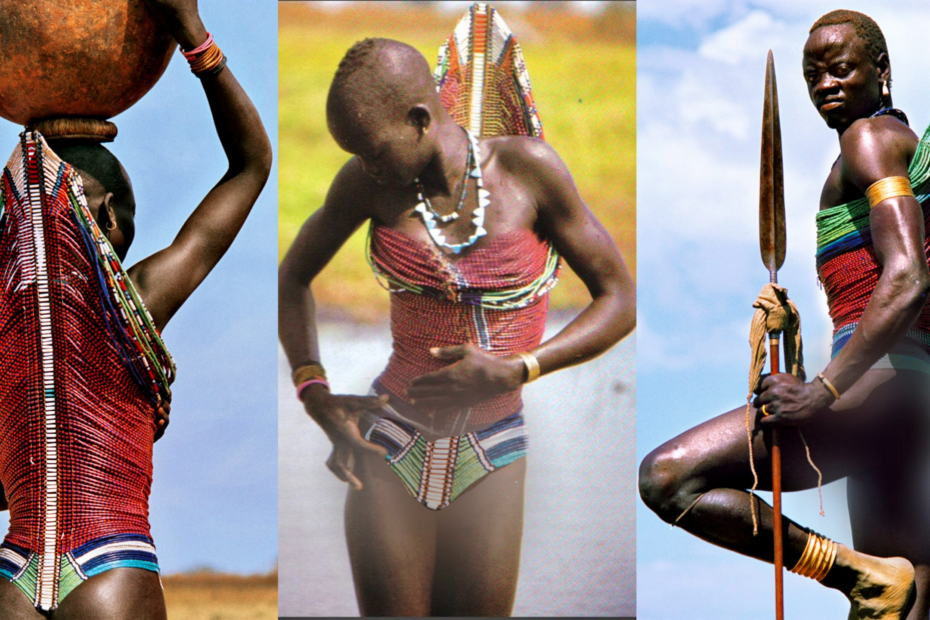Fri, Feb 2, 2024
Deep in the heart of Africa, in South Sudan, resides a unique tribe known as the Dinka. A Nilotic ethnic group, the Dinka people exude a fascinating blend of traditional practices and cultural richness. Here are 22 captivating facts about the Dinka people that offer a peek into their intriguing way of life.
Facts About The Dinka People

Physical Characteristics
- Tallest African Tribe: The Dinka stand tall, quite literally. They are considered among the tallest people in the world (with an average height of 5 ft 9.4 in), a characteristic that sets them apart.
Lifestyle and Economy
- ·Cattle-Centered Lifestyle: The Dinka people lead a pastoral lifestyle, with their villages built around cattle. These animals are not just economically important but also hold significant cultural value.
- Economy and Language: The Dinka’s primary economic focus is on food cultivation and acquisition. Interestingly, no direct translations for ‘trade,’ ‘market,’ or ‘profit’ in the Dinka language indicate their prolonged insular existence.
Spirituality and Beliefs
- Spiritual Beliefs: Spirituality runs deep among the Dinka. Their faith revolves around Nhial (God) and a host of ancestral spirits. Elaborate, age-old ceremonies mark the transition from boyhood to manhood. Read Also: The pinnacle of Africa: Discover Africa’s top 7 biggest mountains.
- Religious Practices: The Dinka are monotheistic. They believe in one creator to whom they sacrifice cattle. Animal sacrifices are also common at rites of passage like birth, marriage, and death.
Cultural Diversity
- Cultural Diversity: Despite sharing a common cultural umbrella, the Dinka are incredibly diverse. They are organized into multiple independent groups, such as the Agar, Aliab, Bor, Rek, and Malual, each with unique regional, linguistic, and cultural traits.
- Language and Dialects: The Dinka language is a beautiful mosaic of closely related languages, divided into five major dialect families.
Individuals and Name Origin
- Famous Individuals: The Dinka have given the world several renowned individuals, including model Alek Wek, former NBA player Manute Bol, and the melodious singer Ajak Kwai.
- Unknown Origin of the Name: Interestingly, the term “Dinka” was coined by outsiders. The community refers to themselves as either Muonjang or Jieng.
Social Structure and Roles
- Gender Roles: The Dinka society exhibits a well-defined division of labor based on gender. Women are generally responsible for cooking and childcare, while men work outdoors, primarily with their cattle.
- Tradition of ‘Ox-Names’: Boys transition to manhood by adopting an ‘ox-name’ derived from their favorite cattle or cattle characteristics.
- Nudity and Polygamy: Nudity is the norm for most of the Dinka, although clothing is becoming more common. In Dinka culture, polygamy was once prevalent.
Political and Historical Aspects
- Centralized Political Authority: The Dinka do not have a centralized political authority. Instead, each group operates as a smaller political unit with significant autonomy.
- Non-acquiescence to the Political State of Sudan: A large portion of the Dinka people do not recognize the political state of Sudan due to its overtaking by Arabs in the 19th Century.
Population and Territory
- Extensive Native Territory: The Dinka’s native territory is so vast that most members aren’t aware of all the variations within their collective. This landlocked region is surrounded predominantly by ideological adversaries. Read Also: List of top 7 largest countries in Africa.
- Population Statistics: An estimated 3 million Dinka currently reside in South Sudan. Experts suggest that the fighting since 1955 has resulted in the killing of over two million Dinka.
Historical Roots and Tradition
- Ancient Cattle Herding Tradition: The Dinka are descendants of the Nilotic people who practiced cattle herding in the South Sudan region. When the Nilotic moved on, the Dinka stayed behind and developed cattle domestication techniques.
- Sacred Cows: Cows are sacred to the Dinka. They are primarily used for dairy, which is considered the best kind of food by the community.
Legacy and Challenges
- Enduring Legacy: The Dinka people’s legacy persists through their adherence to their customs and traditions. Additionally, we can truly celebrate their enduring legacy by understanding and appreciating their way of life.
- Infrastructure Challenges: Most roads in Dinka’s territories are nonexistent or in disrepair due to the war and South Sudan’s poverty.
Social Practices and Education
- Diverse Tribes: The Dinka consists of 25 separate tribes, each operating independently yet united by shared cultural pride and heritage.
- Education and Recreation: The Dinka lacked a formal education system until the 1930s, and their culture was primarily an oral tradition. Most recreational activities are geared towards subsistence beyond their cultural devotion to song and dance.

